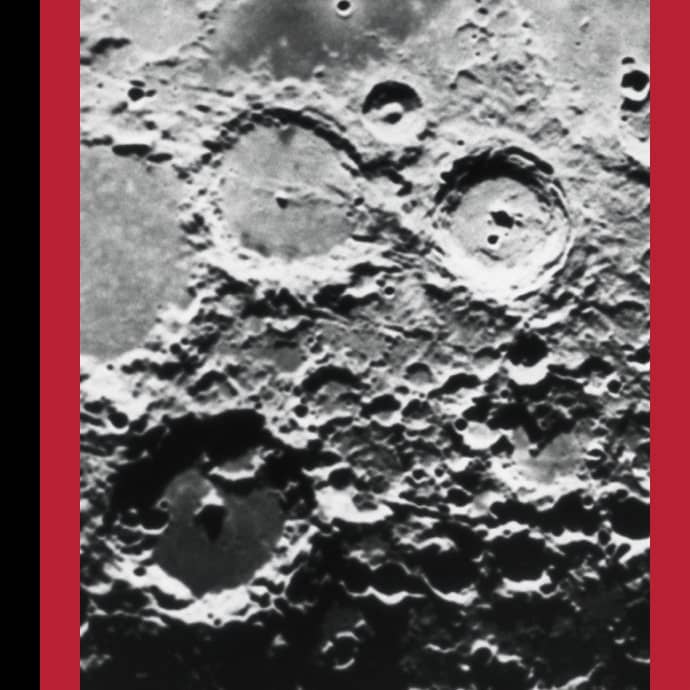Our researchers are reaching for the stars when it comes to space research, and while it may seem like light years away from our world, our work in this area is also helping inform the way we live and adapt to our planet. From improving crop harvests and reducing air pollution, to understanding the impact of global warming and deforestation, this research is helping us shape the world for future generations.
Our space research spans many disciplines, ranging from world-leading missions to planets in our solar system to Earth Observation, environmental and climate change, engineering, astronomy and physics.
There are a number of major interdisciplinary research activities, typified by centres in Space Research, Landscape and Climate Research, and Artificial Intelligence, Data Analytics and Modelling; our researchers have reputations internationally, collaborating with researchers and the industry across the globe.
Here are some highlights of our world-renowned space research:
BepiColombo and MIXS
Launched in 2018, and reaching Mercury orbit seven years later, BepiColombo is the European (ESA)-Japanese (JAXA) mission that will change our understanding of the innermost planet. The Mercury Imaging X-ray Spectrometer (MIXS) - used to detect and measure photons in order to help scientists understand the chemical and elemental properties of Mercury - is one its key instruments, and was designed and built at the University of Leicester.
BepiColombo carries two X-ray spectrometers; MIXS, and SIXS (Solar Intensity X-ray Spectrometer) which will work together to measure the surface composition of Mercury. No-one has sent an imaging X-ray telescope to any planetary body before, so MIXS offers ground-breaking potential for scientific discoveries and firmly establishes the UK’s scientific contribution to the BepiColombo mission.
Find out more about the University’s role in BepiColombo and developing the MIXS instrument.
Earth observation - global warming
University academics have developed a new tool to quickly map burned areas across the globe using European Space Agency Sentinel-3 satellite data products. The tool will provide new insights into future trends in fire activity and characterise fires across the globe. Following the extensive devastation of the Australian and California bush-fires, this research is vital to ensure countries are better prepared for these large scale outbreaks.
Space data - renewable energy
As sustainability becomes one of the world’s most pressing issues, University academics are working with a wide range of stakeholders to support the mapping of micro-hydro as a source of renewable energy. Micro-hydro can provide power to small communities and could play a major role in assisting developing nations with their energy requirements. Stakeholders in this project include the Asian Development Bank, the State Electricity Company (PLN) of Indonesia, the Nigerian Rural Electrification Agency and organisations interesting in looking at electric vehicle charging points in mid-Wales. Researchers, using satellite data and derived products are assessing key properties of all potential stretches of river, such as height change, catchment area and land cover type, matching this information against the potential power demand of local communities.
Space data - crops
University academics are also working with national and international companies to use satellite data to map crop types and crop harvest dates to evaluate and quantify crop waste residues. Crop waste residue can be used for pyrolysis to generate alternative energy sources and secondary products for developing communities, with the University currently focusing on West African countries, namely Nigeria, Sierra Leone and Liberia. The research, funded by InnovateUK, is showcased on the government website.
James Webb Space Telescope
The James Webb Space Telescope will be the largest and most complex astronomical instrument ever launched into space. It is a joint project between NASA and the European Space Agency, with the UK contributing one of the three core instruments, the Mid-Infrared Spectrograph (MIRI). MIRI will enable the exploration of the ‘obscured universe’, and with a mirror over twice the size in diameter of the famous Hubble telescope, MIRI will be over 400 times more sensitive than any current ground-base or space infrared telescopes. Engineering design and testing took place at the University, and while a shutdown of NASA facilities has delayed the launch, NASA have announced a new launch date of October 2021.

BepiColombo carries two X-ray spectrometers; MIXS, and SIXS which will work together to measure the surface composition of Mercury. No-one has sent an imaging X-ray telescope to any planetary body before, so MIXS offers ground-breaking potential for scientific discoveries and firmly establishes the UK’s scientific contribution to the BepiColombo mission.
Our space heritage
In 1960, Professor Ken Pounds, Emeritus Professor of Space Physics, paved the way for space exploration in the UK by establishing the Space Research Group at the University of Leicester. A year later, the first Leicester-built instrument in space was launched aboard a Skylark Rocket, sparking an iconic moment for space exploration in the UK. The Skylark Rocket used in that successful launch - one of only 11 surviving Skylark Rockets worldwide - can still be seen on display in the foyer of the Physics and Astronomy building at the University of Leicester.
From 1967 on, there has been at least one piece of Leicester-built equipment operating in space every year, and the University is proud to be involved in 90 space missions since the inception of the Space Research Group.
The future is bright
The University already leads the UK for it space and earth observation research, having discovered the first known black hole in our galaxy and building over 90 instruments launched into space since 1960. However, the University is also looking to the future; working with local partners and an £100 million investment, we are developing an innovation and incubation park that will establish Leicester as world-leading centre for space research. Aside from being a world-leading cluster for innovative research and innovation in space and earth observation, Space Park Leicester will play a major role in supporting the UK’s post-COVID economic recovery. Space Park Leicester is set to produce up to 2,500 jobs and contribute £715m GVA to the UK economy. By 2030, it is predicted it will have helped the Government secure £40 billion of revenue from the global market, increasing space sector jobs in the UK by 185 per cent.





